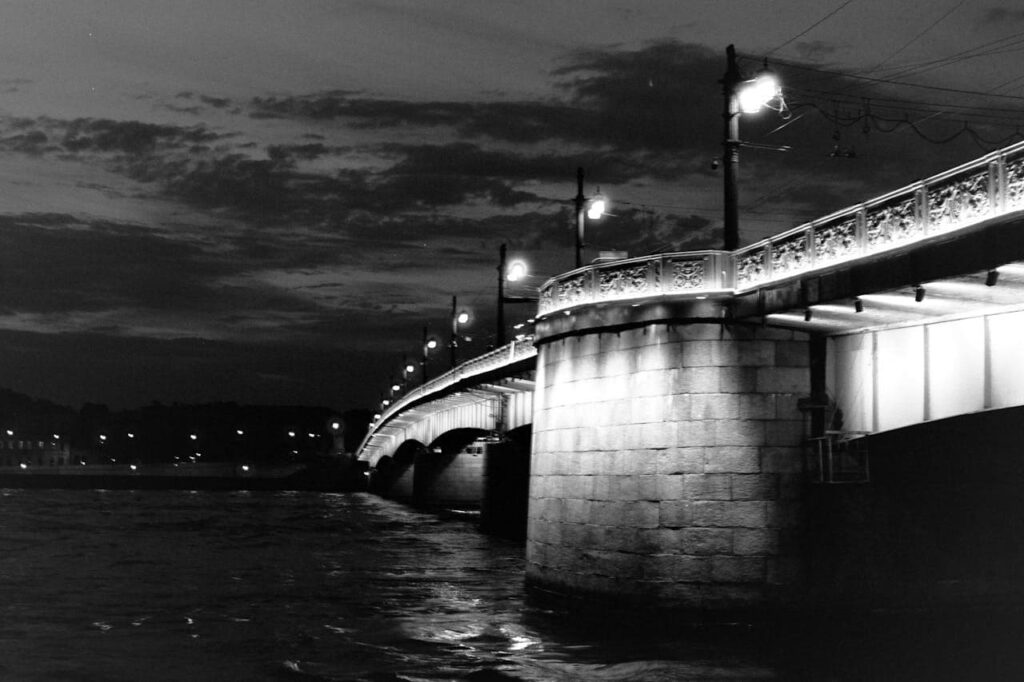Art films, often referred to as art-house films, have long been a staple of the cinematic world. These films are characterized by their unique narrative styles, creative visual aesthetics, and deep exploration of complex themes. Unlike mainstream movies that prioritize commercial success, art films focus on artistic expression, often pushing the boundaries of storytelling and challenging viewers to think critically. Whether you’re a seasoned cinephile or just beginning to explore this genre, understanding the best art films is essential for appreciating the richness of global cinema.
The Evolution of Art Films
The Beginnings and the Influence of European Cinema
Art films have a rich history that dates back to the early 20th century, with European cinema playing a crucial role in their development. Directors like Jean-Luc Godard, Federico Fellini, and Ingmar Bergman were pioneers in the art film movement, creating works that broke away from traditional narrative structures and focused on the psychological and philosophical aspects of human life. For instance, Fellini’s “8½” (1963) is a prime example of an art film that delves into the mind of a filmmaker struggling with creative block, using surreal imagery and non-linear storytelling to convey its themes.
The influence of European cinema on art films cannot be overstated. The French New Wave, in particular, brought about a revolution in filmmaking, emphasizing personal expression and experimentation with form. Godard’s “Breathless” (1960) epitomizes this movement, with its innovative editing techniques and unconventional plot progression. These early art films laid the foundation for what would become a global movement, inspiring filmmakers across the world to explore new ways of storytelling.
The Rise of Global Art Cinema
As the influence of European cinema spread, art films began to emerge from various corners of the world, each bringing its own cultural perspective to the genre. In Japan, Akira Kurosawa’s films like “Rashomon” (1950) introduced the world to the concept of multiple perspectives, a narrative technique that would later be adopted by many art films. Kurosawa’s work not only influenced Japanese cinema but also had a profound impact on filmmakers in the West.
In the 1960s and 1970s, the art film movement gained momentum in the United States as well. Directors like Stanley Kubrick and David Lynch began to explore more unconventional themes and styles in their work. Kubrick’s “2001: A Space Odyssey” (1968) is often cited as one of the greatest art films of all time, with its abstract narrative, innovative use of music, and visually stunning depiction of space exploration. Similarly, Lynch’s “Eraserhead” (1977) became a cult classic for its surreal and disturbing imagery, further solidifying the art film’s place in American cinema.
Today, art films continue to thrive, with filmmakers from around the globe contributing to the genre. The rise of independent cinema has provided a platform for more experimental and personal films to reach wider audiences. Directors like Terrence Malick, known for his poetic visual style in films like “The Tree of Life” (2011), and Pedro Almodóvar, whose vibrant and emotionally charged films like “Talk to Her” (2002) have captivated audiences worldwide, continue to push the boundaries of what cinema can achieve.

Must-See Art Films Across the Decades
The Classics
If you’re new to art films, starting with the classics is a great way to understand the evolution of the genre. In addition to the aforementioned “8½” and “Breathless,” there are several other must-see films that have stood the test of time. Andrei Tarkovsky’s “Stalker” (1979) is a seminal work in the genre, offering a meditative exploration of faith, existence, and human nature. Tarkovsky’s use of long takes, minimal dialogue, and a slow, deliberate pace invites viewers to reflect deeply on the film’s themes.
Another classic art film that deserves mention is “The Seventh Seal” (1957) by Ingmar Bergman. This Swedish film is a profound meditation on death and the meaning of life, depicted through the iconic image of a knight playing chess with Death himself. Bergman’s masterful use of symbolism and his exploration of existential themes have made “The Seventh Seal” a cornerstone of art cinema.
Modern Masterpieces
In recent years, art films have continued to captivate audiences with their innovative storytelling and visual artistry. One such film is “The Grand Budapest Hotel” (2014) directed by Wes Anderson. While Anderson’s films often blend mainstream appeal with artistic elements, “The Grand Budapest Hotel” stands out for its meticulous attention to detail, vibrant color palette, and whimsical narrative style. The film’s quirky characters and intricate set design make it a modern masterpiece in the art film genre.
Another contemporary art film that has garnered widespread acclaim is “Parasite” (2019) by South Korean director Bong Joon-ho. Though it achieved mainstream success, winning the Academy Award for Best Picture, “Parasite” is, at its core, an art film that critiques social inequality through a darkly comedic and suspenseful narrative. Bong’s use of visual metaphors, combined with his ability to balance multiple genres, makes “Parasite” a must-watch for anyone interested in modern art cinema.
For those who appreciate a more experimental approach, “Uncle Boonmee Who Can Recall His Past Lives” (2010) by Thai director Apichatpong Weerasethakul offers a dreamlike exploration of memory, reincarnation, and the supernatural. The film’s slow pace, non-linear narrative, and ethereal atmosphere challenge conventional storytelling, making it a unique entry in the world of art films.
The world of art films is vast and diverse, offering something for every type of viewer. Whether you’re drawn to the philosophical musings of European classics or the innovative storytelling of modern masterpieces, the best art films have the power to challenge, inspire, and move us in ways that mainstream cinema often cannot. As you embark on your journey through the world of art films, remember to keep an open mind and embrace the unexpected—after all, that’s what makes this genre so captivating.
